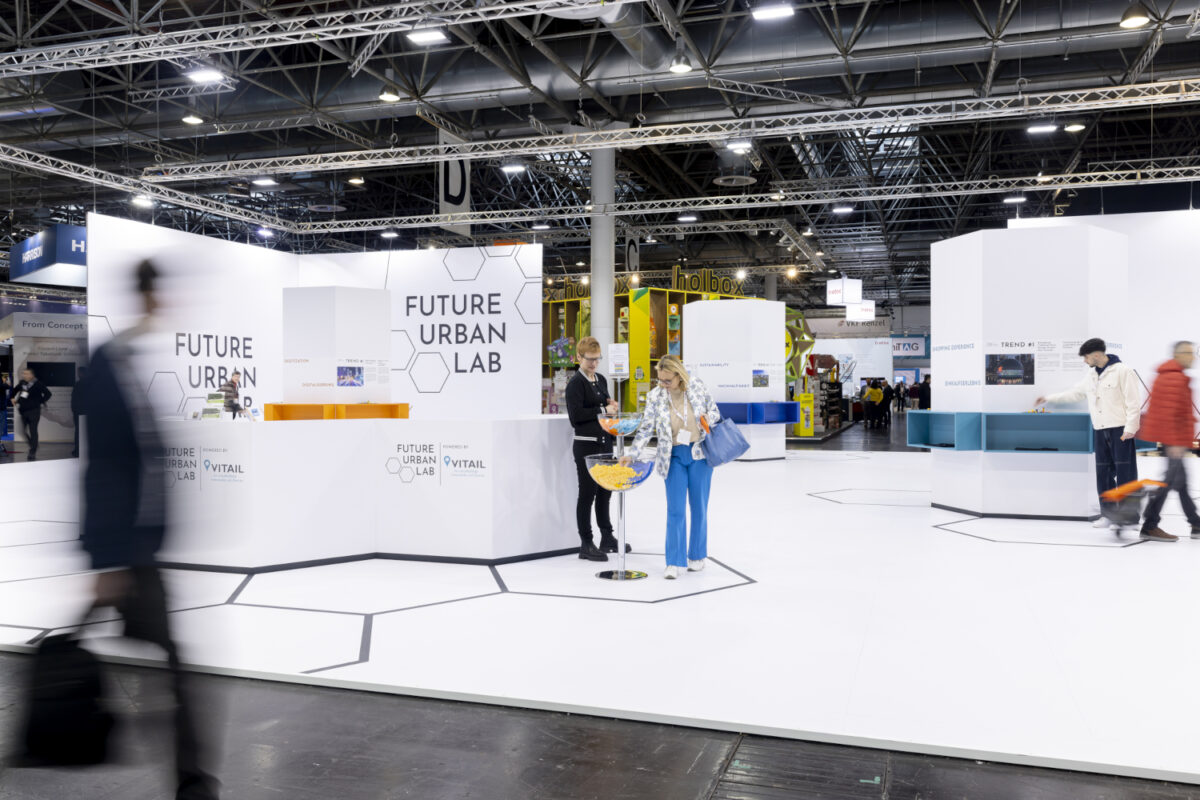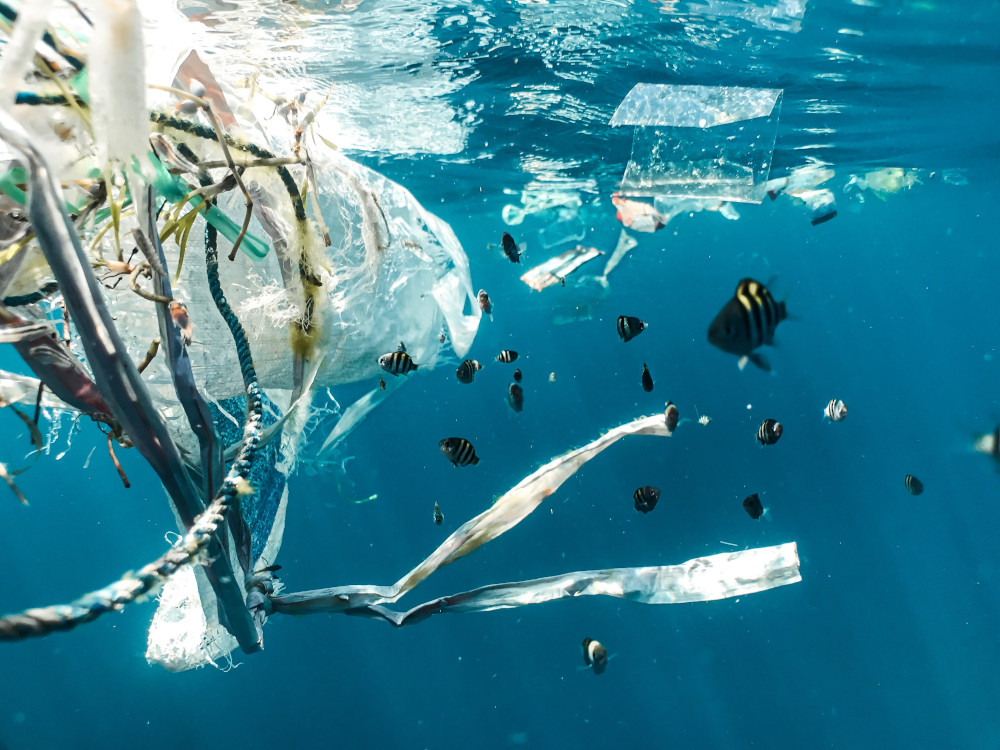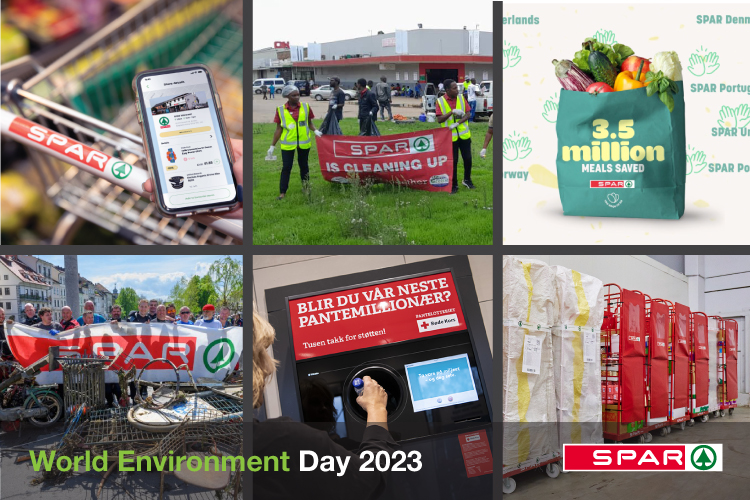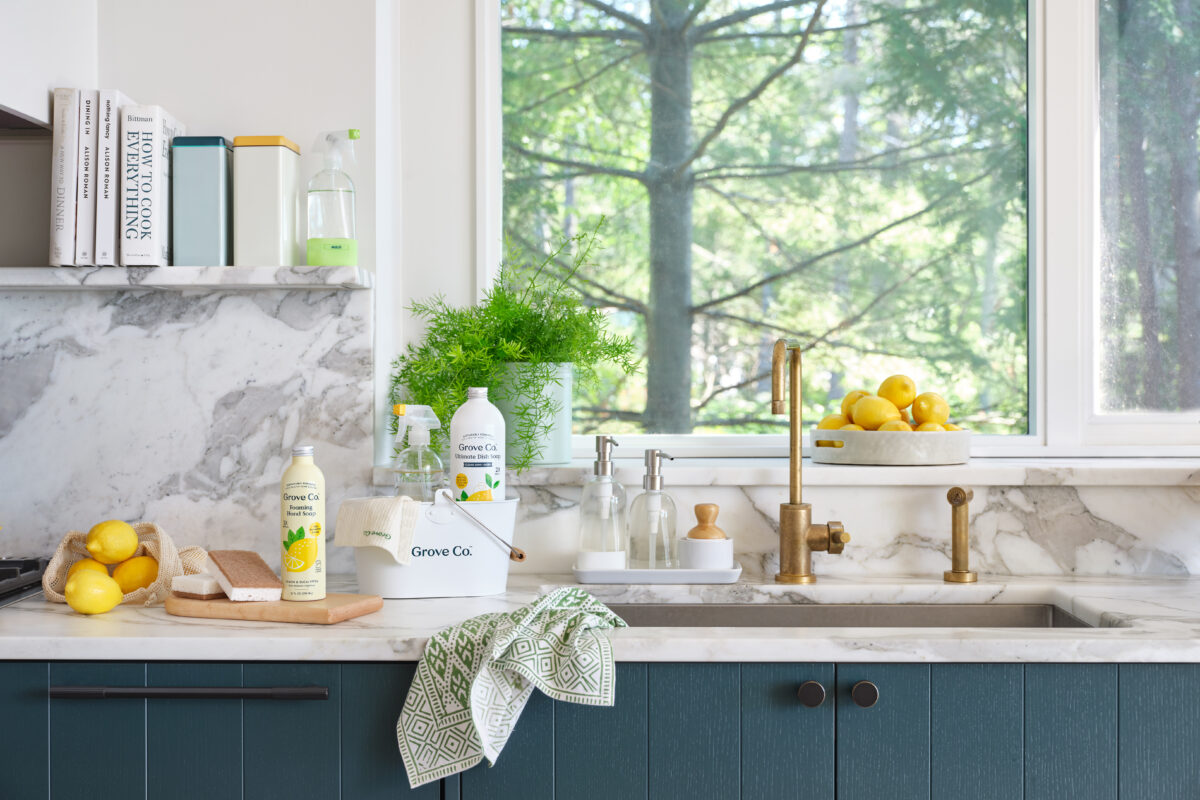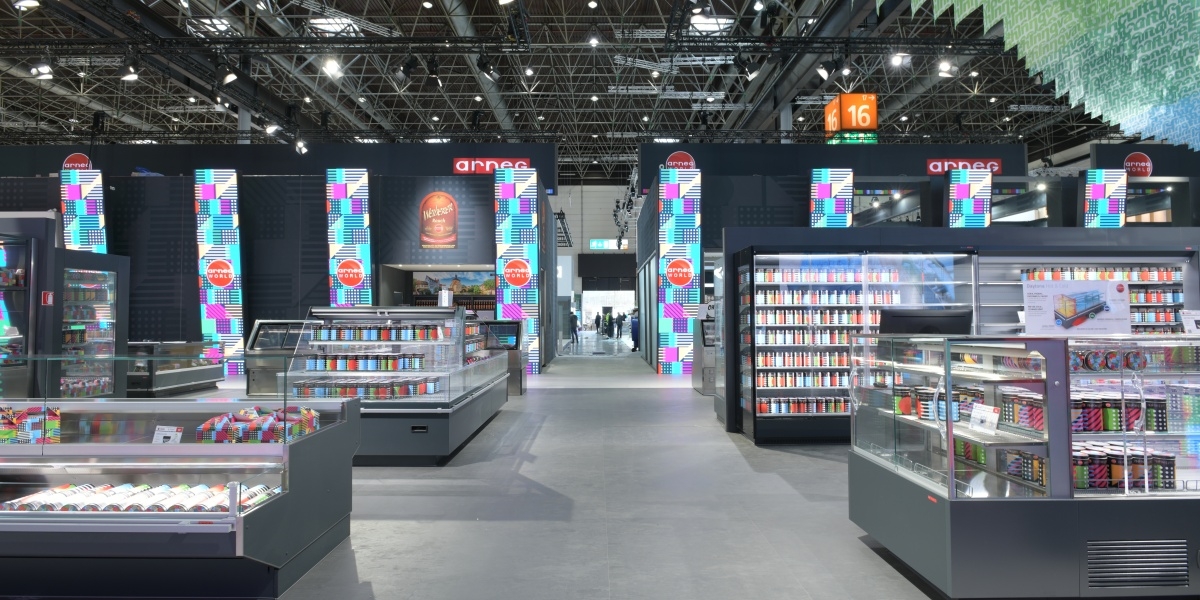Interview with Norbert Scheele, C&A Country Manager, CEO for AT, CEE and SEE
Ilona Marx (exclusively for EuroShop.mag)
Large retail companies have faced a multitude of challenges in the past, including changing consumer habits and digitization. But how do corporations like C&A navigate the ongoing coronavirus pandemic? Where do they see risks and opportunities for their companies? As Country Manager, Norbert Scheele is responsible for C&A Austria, Central and Eastern Europe (CEE), and Southeastern Europe (SEE). We talked to him about the impact of the coronavirus on developments in his company, explored C&A’s sustainability commitments, and wondered whether he believes the post-COVID-19 world will still be the same.
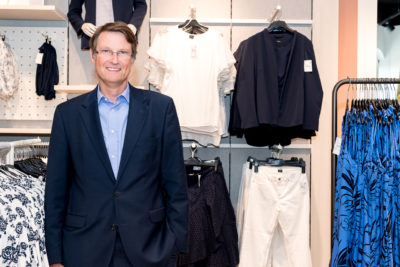
Norbert Scheele, C&A Country Manager AT, CEE und SEE
Mr. Scheele, what is the status quo at C&A?
We are happy to report that after many weeks of shutting down our stores in response to the outbreak, our retail stores have now reopened in the markets we serve. Since the respective governments in Austria, the CEE and SEE countries had issued different guidelines to slow the spread of the virus, we had to navigate different lengths of temporary store closures in the respective countries and adjust to the corresponding conditions and situations.
What measures has C&A taken in the areas you are responsible for in an effort to step up to the coronavirus challenge?
To protect our employees and safeguard jobs, we drew on various models of temporary reduction of regular work hours (“short-time work”). During the shutdown, we simultaneously geared up in-house preparations for the reopening of our stores to best protect our customers and employees from exposure and potential infection.
Do you see dangers in the current situation? How do you plan to address them?
The recent slight rise in infection rate only underscores the importance of protecting the safety and health of your employees and customers in all of our facilities. We have ensured that everyone keeps a safe distance to slow the spread. That’s why we will continue to use Plexiglass shields in our checkout areas and follow stringent hygiene and infection control measures.
Do you also see hidden opportunities?
Fortunately, our European online shop did quite well during the shutdown of our brick-and-mortar stores. We were delighted to see that our customers maintained their loyalty to our brand and continued to shop online amid the acute phase of the pandemic. During the 3-month coronavirus shutdown, our administrative and office employees were able to work from home and fully embraced the “The New Way of Working”. Thanks to the latest technology, all colleagues in the administrative division were able to make a seamless transition and adapt to this setting.
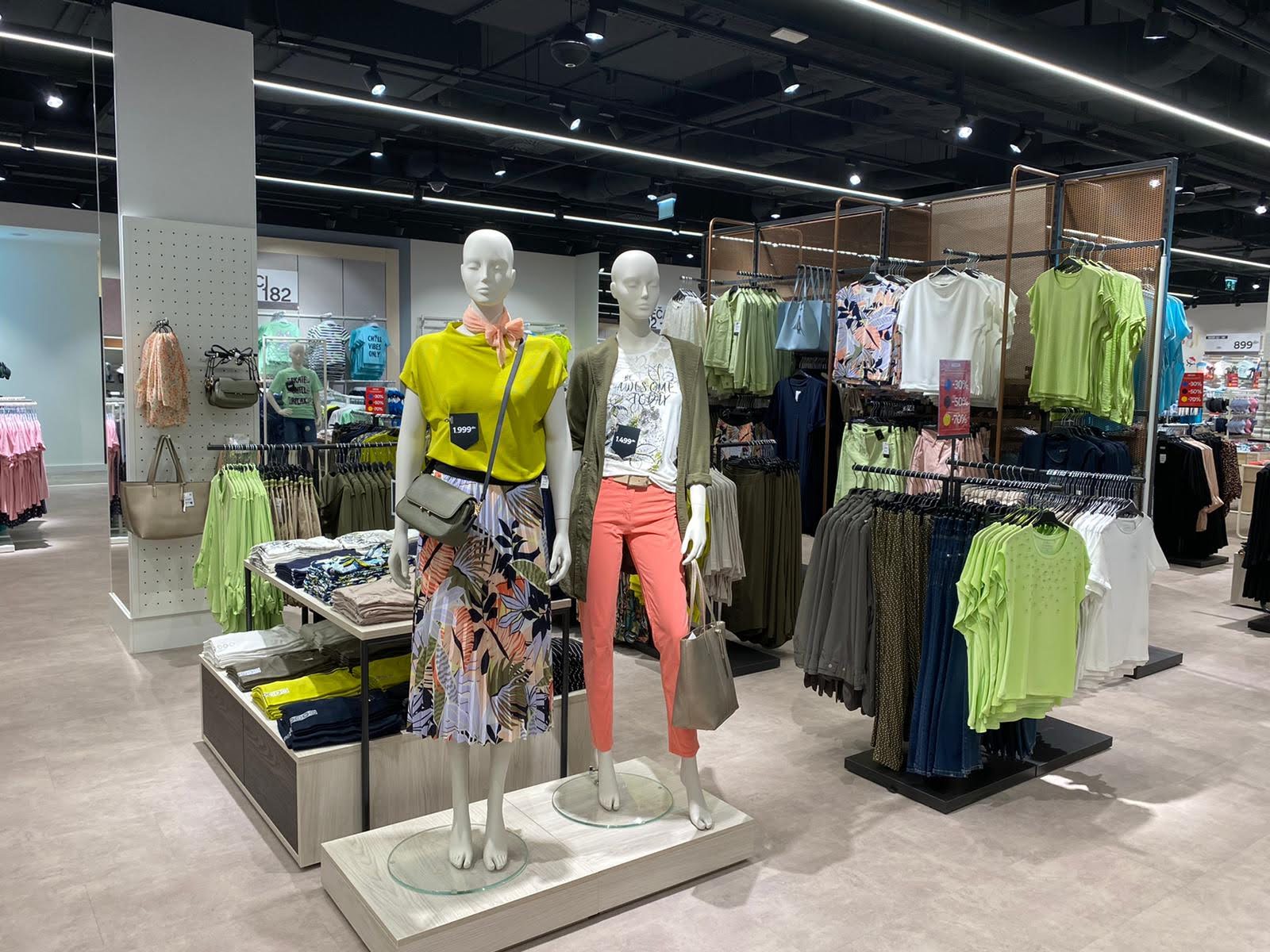
What other developments has the coronavirus pandemic helped accelerate in your company?
The sudden lockdown in most European countries forced us to immediately cancel all physical meetings and events and switch to video conferencing to assemble remotely. What was once inconceivable has become the new normal and protects our environment at the same time as the amount of work-related travel and commuting has been drastically reduced in the process.
Where do you see opportunities to increase sales?
The past few weeks have shown us that our investments in multiple sales channels in recent years have paid off in a big way. For example, we successfully merged our online and offline services with our Click & Collect option as part of our omnichannel strategy. This has opened up new business opportunities. Retailers can significantly expand their business reach by combining traditional business with e-commerce, mobile apps and by building a social media presence. It allows you to attract new customers, strengthen customer relationships, and build loyalty. Retailers can increase revenues in brick-and-mortar stores if they offer a buy-online-pickup-in-store option. This gives consumers the greatest degree of freedom and ensures the best possible service, thus meeting the modern customer’s need for flexibility and mobility.
Has consumer behavior changed post-lockdown?
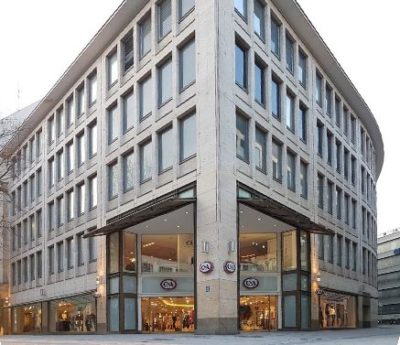
We noticed a change in consumer behavior in our brick-and-mortar stores right after the lockdown had been lifted and the trend continues in some ways. Customers have become more concerned and cautious and prefer to spend less time in shopping malls and busy shopping streets. They choose to shop in smaller, local retail locations to minimize the risk of infection.
Have you seen an increase in demand for sustainable products?
C&A has been committed to sustainability for many years. Our goal is to produce as many of our clothing items in a socially and environmentally responsible way. For us, sustainability means that our design process always considers how our products can be reused and get a new, second life down the road. The goal should be a textile industry that uses and reuses safe and healthy materials, protects the environment and offers humane working conditions. We believe in the concept of “Circular Fashion”, meaning recycling management that effectively manages resources and reduces waste. We want a future where sustainable clothing is not just an option, but a matter of course. Every other piece in our collections is already made with more sustainable fabrics. Almost 50% of the cotton we use is certified organic cotton. Customers continue to embrace and request our most sustainable “Cradle to Cradle” collection. It uses 100% organic cotton and includes responsible, sustainable water use in production, non-toxic and recyclable materials and so much more.
How has the coronavirus crisis affected the markets you serve? Are there differences between the countries? If so, what prompted these variances?
Austria’s implemented measures prompted a quick response, and we were able to already reopen some of our stores on April 14. This was somewhat different in the SEE and CEE countries, where most countries took a gradual approach to reopening, often combined with a limited open sales area. These countries also carefully monitored the infection rates and allowed businesses to gradually reopen in compliance with the respective government guidelines and after assessment of all risk factors.
What’s your take on how the coronavirus will impact shopfitting?
I suspect that customers will prefer even fewer in-store touchpoints in the future. Self-service checkout systems, including contactless payment options and automatic doors, could help minimize the risk of infection since they eliminate the need for pushing buttons or touching germ-ridden door handles.






